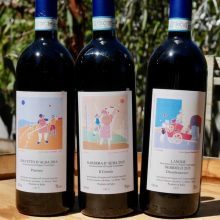
🇮🇹Explore Piedmonte's Reds🍇
Product information
Wine Bite with Roberto Voerzio! Piedmonte’s Reds 3-Pack 2015 2016
$175
$167ea for 2+ 3-Packs
$159ea for 4+
Closure:
Cork
Roberto Voerzio Schools the Wine Decoded Community in Piedmont’s Red Varieties. Our 1st two orders sold out so we've got more!
Description
If you had a wishlist of wine legends to teach you about the red grape varieties of Piedmont: Dolcetto, Barbera, and, Nebbiolo, Roberto Voerzio would be right up there!
Out of stock
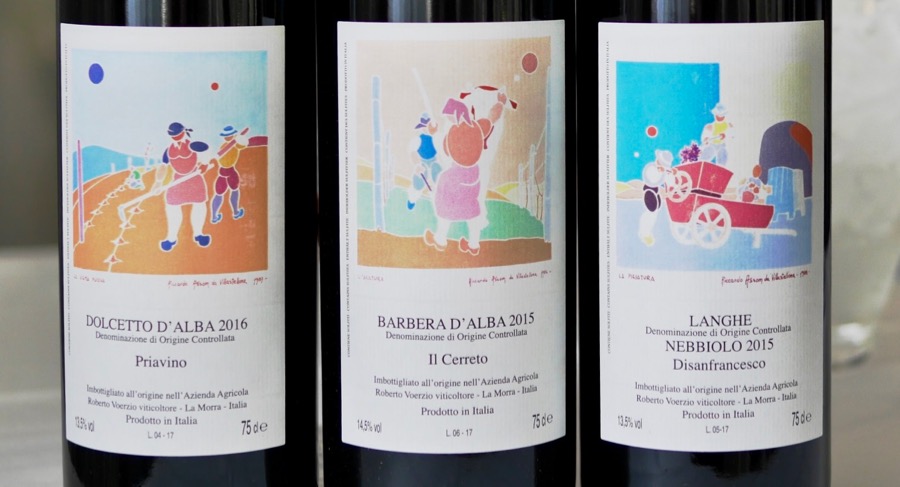









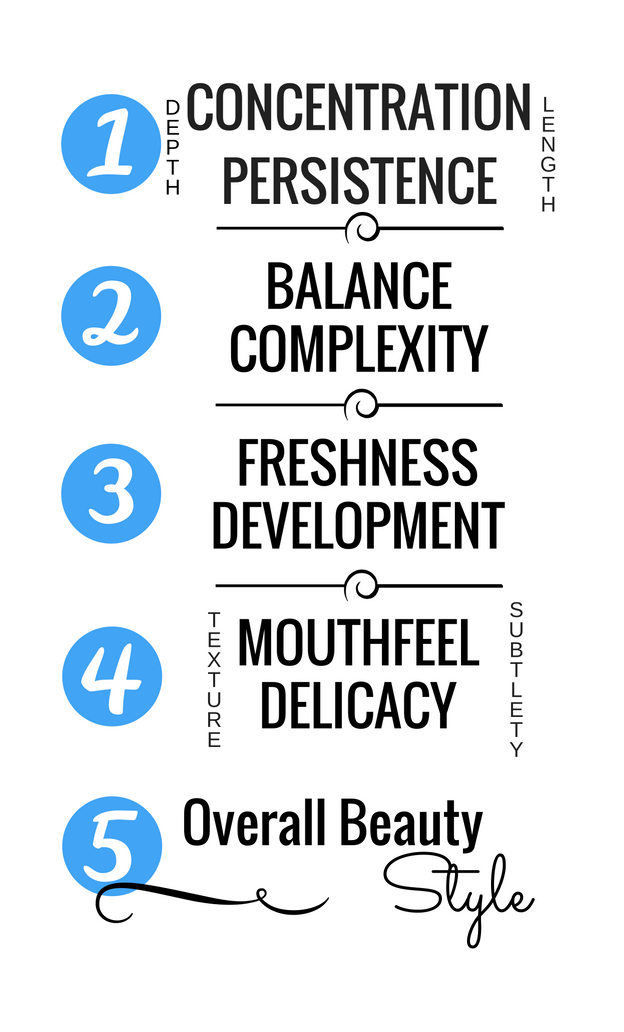
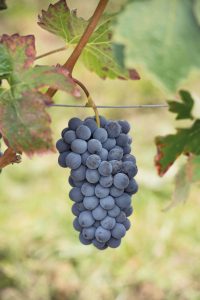 Barbera, pronounced bar-BER-uh, was one of the great wine travesties of our time. The increasing popularity and price of Nebbiolo wines, particularly Barolo and Barbaresco, saw old plantings of Barbera in the great sites ripped out and replanted to Nebbiolo.
Barbera, pronounced bar-BER-uh, was one of the great wine travesties of our time. The increasing popularity and price of Nebbiolo wines, particularly Barolo and Barbaresco, saw old plantings of Barbera in the great sites ripped out and replanted to Nebbiolo.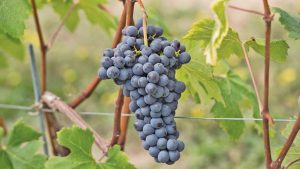 Nebbiolo, pronounced NEH-bee-oh-low, is such a unique variety. The name is derived from the Italian word Nebbia meaning fog. To theories for the name exist. The first that it refers to the fog that the vineyards of the Langhe are often immersed in. Second that the natural bloom that covers the grapes gives them a foggy appearance. Given the latter applies to most red grapes I prefer the former! There are 4 main clones of which Nebbiolo Lampia dominates over Nebbiolo Michet, Rosé (now proven to be a different variety), and, Bolla.
Nebbiolo, pronounced NEH-bee-oh-low, is such a unique variety. The name is derived from the Italian word Nebbia meaning fog. To theories for the name exist. The first that it refers to the fog that the vineyards of the Langhe are often immersed in. Second that the natural bloom that covers the grapes gives them a foggy appearance. Given the latter applies to most red grapes I prefer the former! There are 4 main clones of which Nebbiolo Lampia dominates over Nebbiolo Michet, Rosé (now proven to be a different variety), and, Bolla.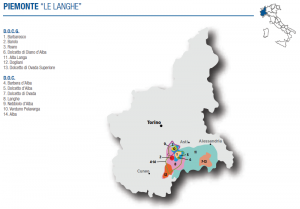
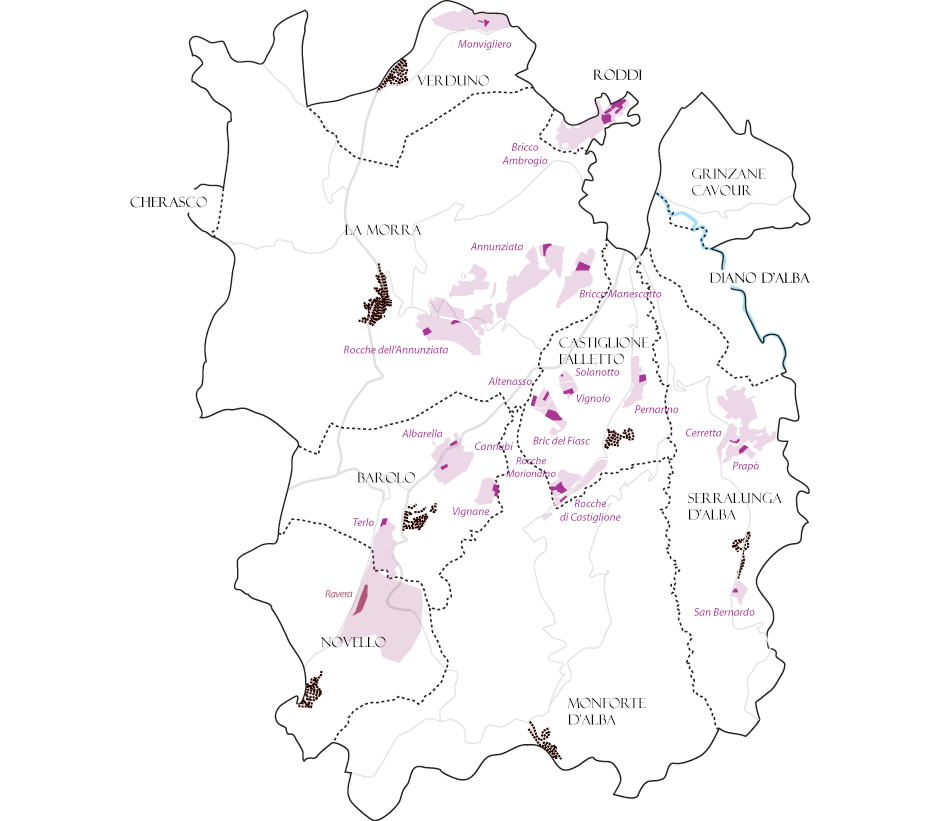
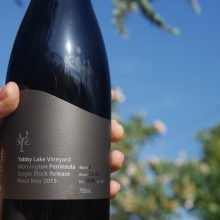
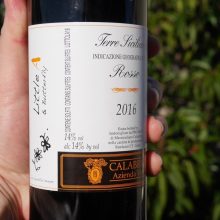
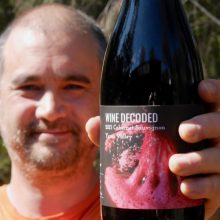
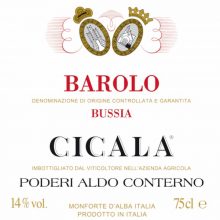
You must be logged in to post a comment.